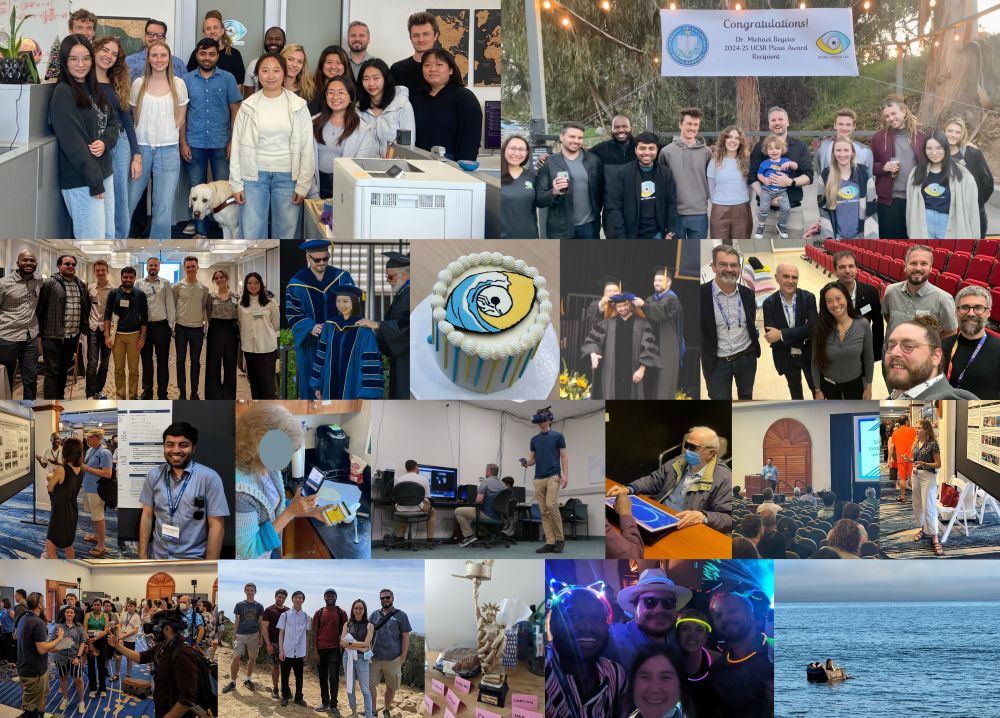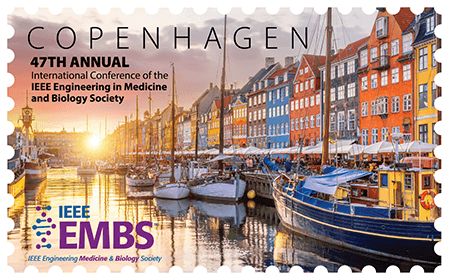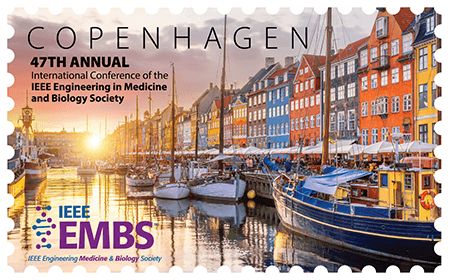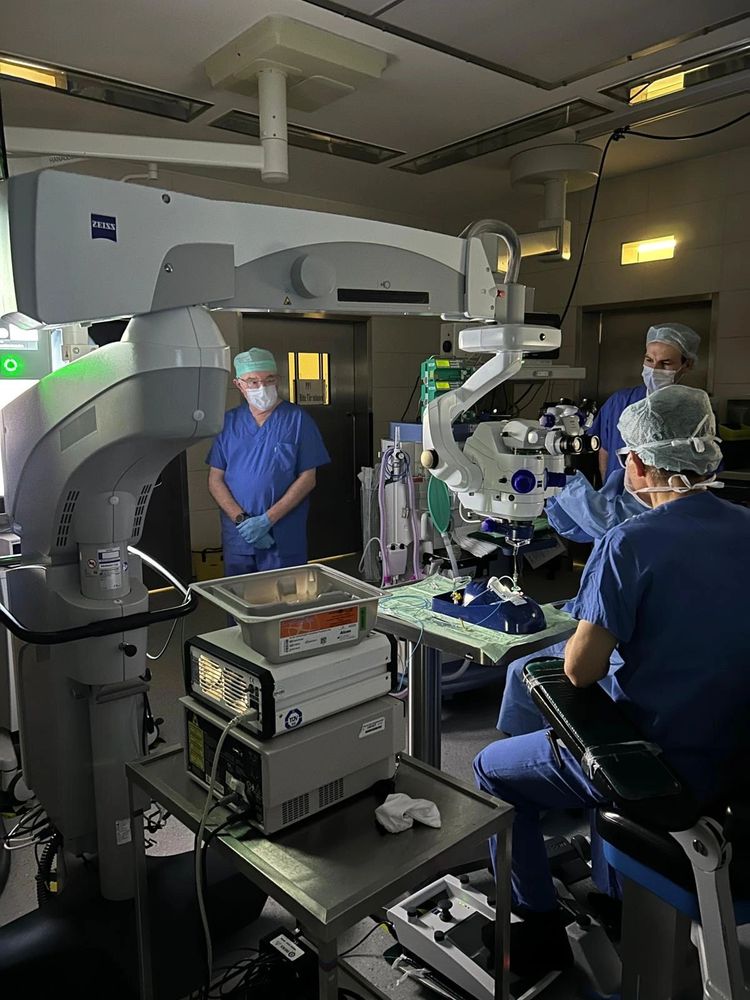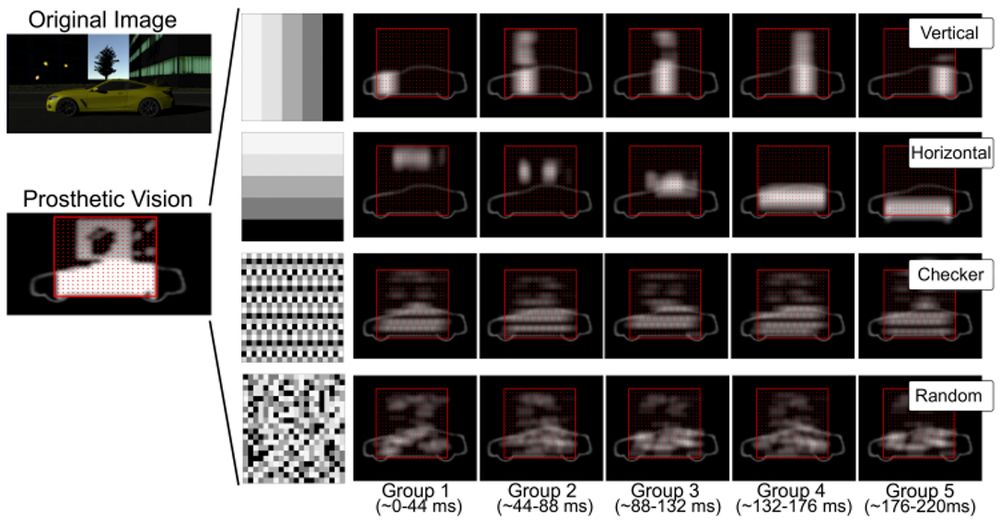Michael Beyeler
@mbeyeler.bsky.social
1.1K followers
410 following
440 posts
👁️🧠🖥️🧪🤖 Associate Professor in @ucsb-cs.bsky.social and Psychological & Brain Sciences at @ucsantabarbara.bsky.social. PI of @bionicvisionlab.org.
#BionicVision #Blindness #LowVision #VisionScience #CompNeuro #NeuroTech #NeuroAI
Posts
Media
Videos
Starter Packs
Pinned
Reposted by Michael Beyeler
Michael Beyeler
@mbeyeler.bsky.social
· Aug 31
Reposted by Michael Beyeler
Reposted by Michael Beyeler
Michael Beyeler
@mbeyeler.bsky.social
· Jul 6

